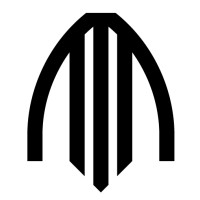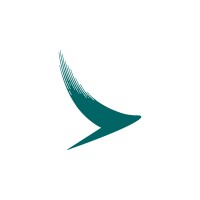
Archer
Archer is designing and developing electric vertical takeoff and landing aircraft for use in urban air mobility networks. Archer’s mission is to unlock the skies, freeing everyone to reimagine how they move and spend time. Archer's team is based in Santa Clara, CA. To learn more, visit www.archer.com.






